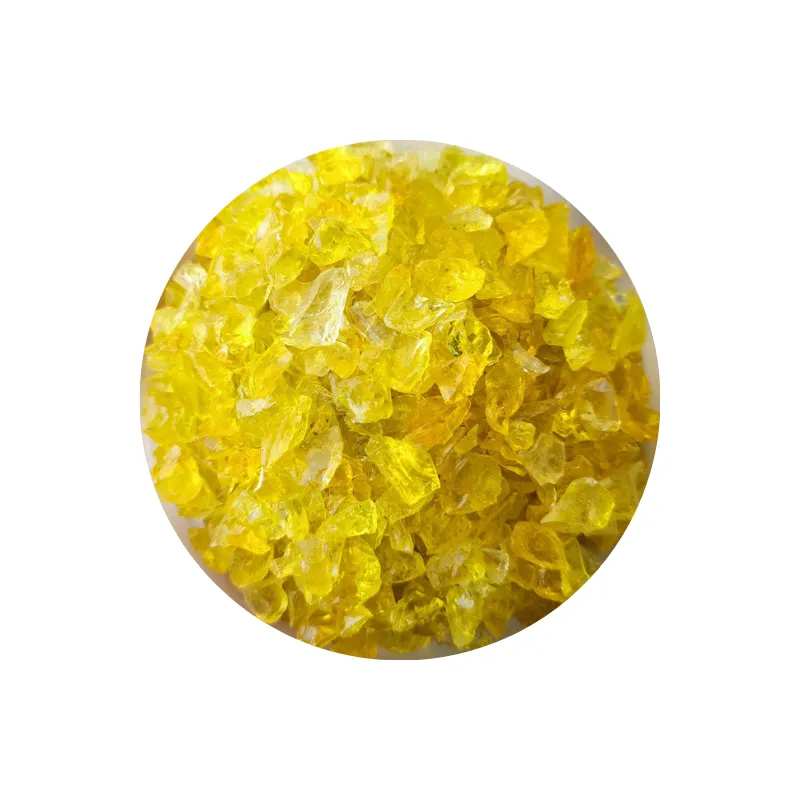
wood activated carbon
The Benefits and Applications of Wood Activated Carbon
Wood activated carbon, a highly porous material derived from carbon-rich wood, has gained significant attention in various industries due to its remarkable adsorption properties. This versatile substance is produced through a process that involves carbonization and activation, which enhances its surface area and porosity, making it ideal for various applications.
One of the primary benefits of wood activated carbon is its environmental friendliness. Sourced from renewable materials, wood-based activated carbon is considered a sustainable alternative to other forms of activated carbon that may come from non-renewable resources. The production process often utilizes waste wood, reducing landfill mass and promoting a circular economy. This eco-friendly characteristic aligns with the increasing global emphasis on sustainability and green practices.
In the realm of water purification, wood activated carbon is widely applied for its ability to remove contaminants and impurities. Its porous structure allows for the effective adsorption of chlorine, heavy metals, pesticides, and organic compounds, making it a critical component in water treatment systems. Households and industries rely on wood activated carbon filters to ensure clean and safe drinking water, highlighting its importance in public health and environmental protection.
wood activated carbon

The air purification sector also benefits greatly from wood activated carbon. It is employed in air filters to capture volatile organic compounds (VOCs), odors, and other pollutants. Whether used in residential air purifiers or industrial exhaust systems, wood activated carbon helps improve indoor air quality, contributing to healthier living and working environments. As consumers become more conscious of air quality, the demand for wood-based air filtration systems continues to rise.
Moreover, wood activated carbon finds applications in the food and beverage industry. It is utilized in the filtration of liquids, helping to remove unwanted flavors, colors, and impurities. In the production of beverages like beer and wine, wood activated carbon enhances the clarity and taste, ensuring a high-quality end product. This application showcases the adaptability of wood activated carbon across various sectors.
In addition to these practical uses, wood activated carbon plays a role in specialized fields such as medicine and pharmaceuticals. It is utilized in various medical applications, including poison control and drug overdoses, due to its ability to absorb toxins and chemicals effectively. As research continues, new potential applications in medicinal and therapeutic uses are being explored.
In conclusion, wood activated carbon is a multifunctional material that holds considerable promise across various industries. Its sustainable nature, coupled with its exceptional adsorption capabilities, makes it an indispensable resource for water and air purification, food and beverage processing, and even medical applications. As the world increasingly turns towards eco-friendly solutions, the relevance and usage of wood activated carbon are likely to grow, making it an essential topic for ongoing research and application development.
Share
-
Premium Pigment Supplier Custom Solutions & Bulk OrdersNewsMay.30,2025
-
Top China Slag Fly Ash Manufacturer OEM Factory SolutionsNewsMay.30,2025
-
Natural Lava Rock & Pumice for Landscaping Durable Volcanic SolutionsNewsMay.30,2025
-
Custom Micro Silica Fume Powder Manufacturers High-Purity SolutionsNewsMay.29,2025
-
Custom Mica Powder Pigment Manufacturers Vibrant Colors & Bulk OrdersNewsMay.29,2025
-
Custom Micro Silica Fume Powder Manufacturers Premium QualityNewsMay.29,2025






